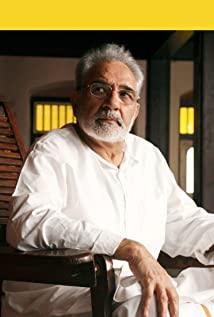The film tells how the third-generation monarchs of the Mughal Dynasty expanded their territorial power and completed the historical process of India's unification. It also depicts the love, politics, religion, and court struggles between Akbar and his wife, the Rajput princess Jodaha, which is euphemistically beautiful.
In the process of completing the unification, Akbar agreed to marry the Rajput princess in order to further strengthen his relationship with the Rajputs. However, as a Rajput, a brave and sincere Hindu, Chodahar did not want to be a pawn in the hands of others, and put forward a request that he should not be forced to change his beliefs. This is a bold idea in the eyes of others. But because of Akbar's wisdom and tolerance, he was approved. Thus, the Mughal Dynasty became the first unified dynasty in India based on national reconciliation and religious tolerance.
The film has a lot of traditional Indian songs and dances, plus gorgeous Indian costumes, the picture sense and visual effects are very beautiful, and the singing voice of Jodaha is like the sound of nature. The perfect combination of plot, performance, music, picture and stage beauty is a rare masterpiece in Indian films.
Note: Akbar (Akbar, 1543-1605), Emperor of the Mughal Dynasty in India (reigned 1556-1605). The Mughal Dynasty is the last dynasty in India, and its historical significance is greater than that of the Mauryan Dynasty and the Gupta Dynasty that unified North India before. The Mughal Dynasty was the first unified dynasty in India built on the basis of national reconciliation and religious tolerance. Its governance spirit and territory still have a great influence on India today. Akbar the Great, who laid all this, ranks second only to Ashoka in the ranking of Indian emperors.
View more about Jodhaa Akbar reviews











